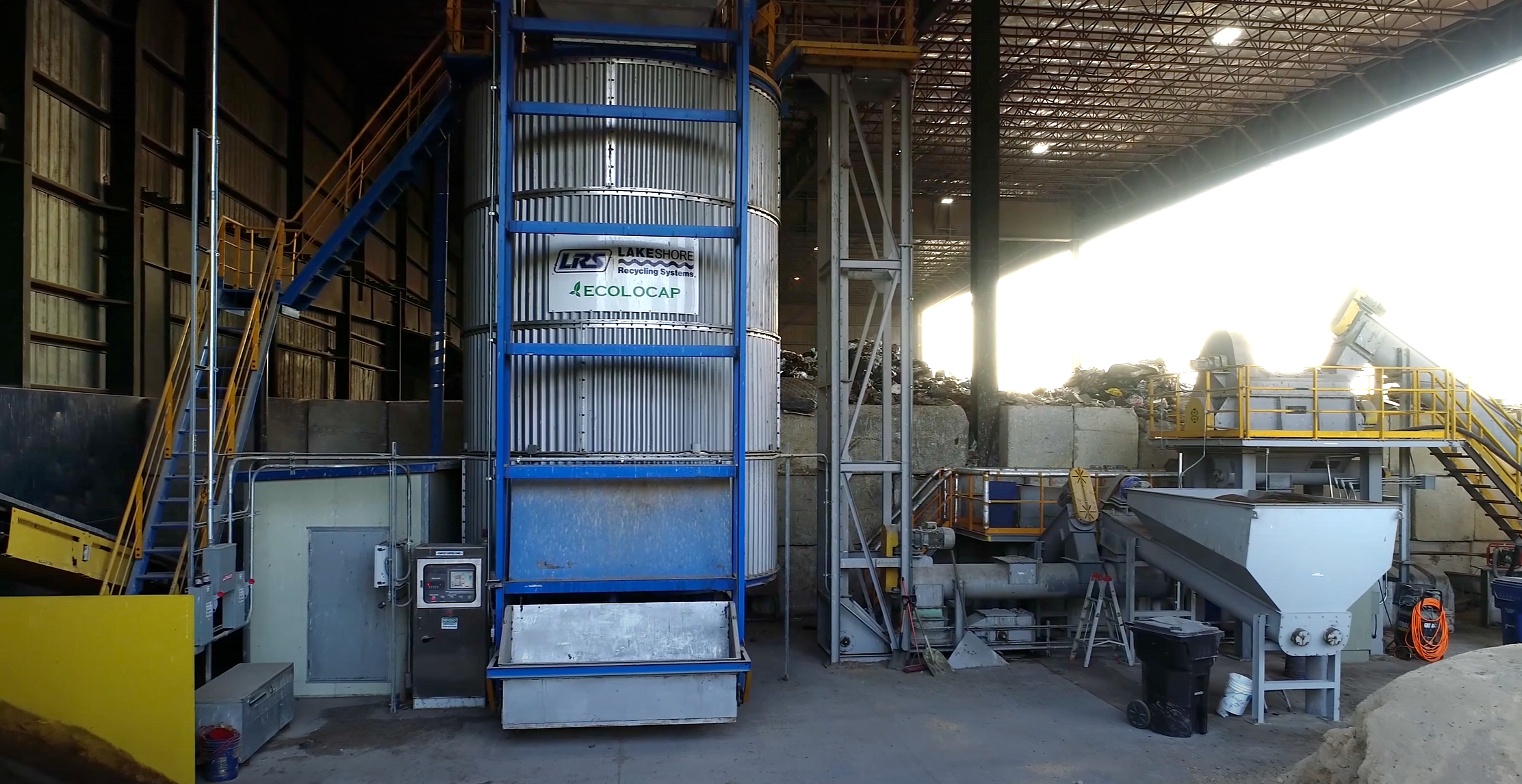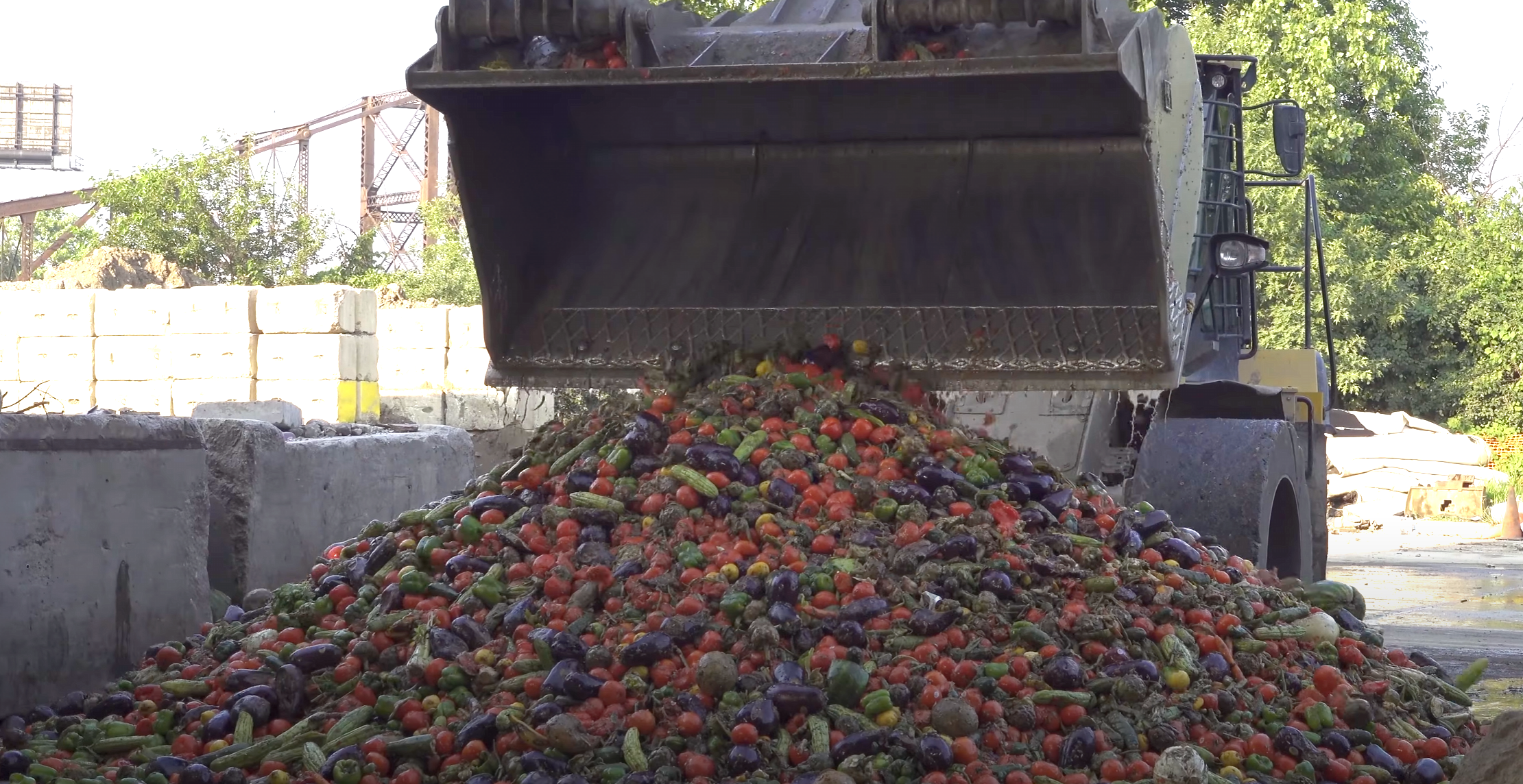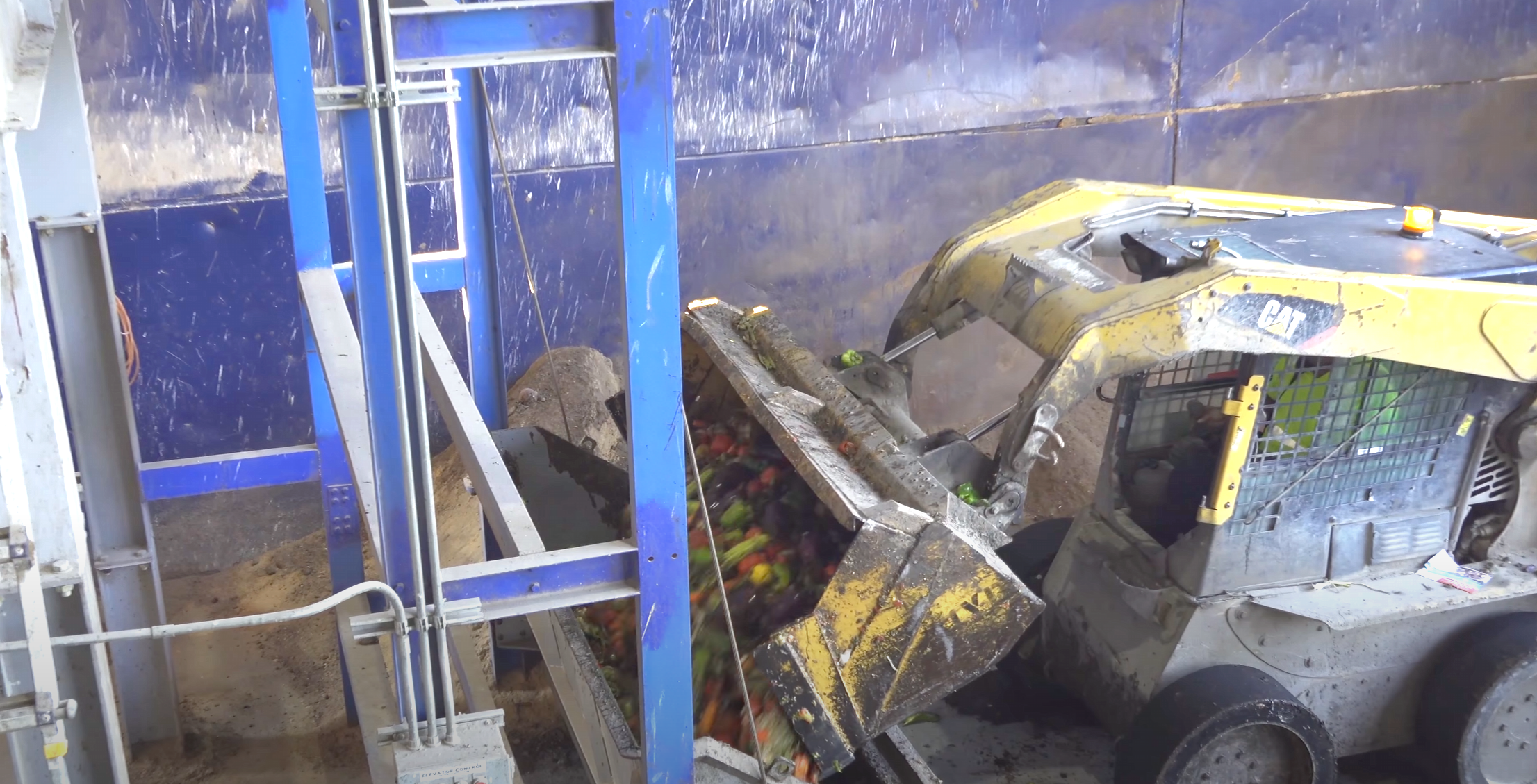Thermodynamic Methane Suppression
Biorobic ART 2.0 leverages high-speed, thermophilic aerobic fermentation. By maintaining strictly aerobic, high-redox conditions with continuous aeration and agitation, methanogenic archaea are thermodynamically suppressed. Oxygen remains the terminal electron acceptor, preventing methane formation.
Synergistic Microbial Consortium: The Biorobic consortium includes 80 Bacillus species and 16 yeast strains. Bacillus provides a broad hydrolytic enzyme arsenal for rapid depolymerization, while yeasts drive exothermic aerobic respiration to elevate and sustain thermophilic temperatures.
This process accelerates the natural topsoil mineralization process in a sealed, vertical reactor. Aerobic metabolism keeps methanogens out of the picture—transforming waste into value in days, not months.

Thermophilic Operation
Maintaining 60–70°C ensures rapid decomposition and pathogen elimination (e.g., E. coli, Salmonella).
Aerobic Fermentation
Continuous oxygen supply prevents methane and hydrogen sulfide production, ensuring odor-free operation.
Microbial Community
Optimized for Bacillus spores that enhance soil health and plant growth.
Enzyme Arsenal
Proteases, amylases, cellulases, and lipases for complete organic breakdown.

